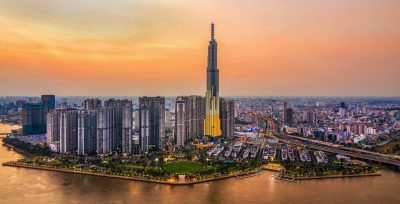
Ho Chi Minh City is a vibrant metropolis where the past seamlessly intertwines with the present. Known affectionately as Saigon, this bustling southern capital of Vietnam is a treasure trove of cultural heritage, culinary delights, and dynamic urban life. This Sai Gon Vietnam Travel guide provides essential tips and insights to make your visit memorable.
Ho Chi Minh City, affectionately known as Saigon by locals, is a popular destination for travelers in Vietnam. Situated in the southern region, it is the largest and most populous city in the country. Once dubbed the "Pearl of the Far East" during the Indochina era, modern-day Saigon attracts visitors not for its stunning natural landscapes but for its vibrant lifestyle, offering an endless array of activities that will captivate your heart.
This bustling metropolis stands out among other major cities due to its blend of rapid development and a lingering French influence in its architecture and way of life. Serving as a transportation hub, a center of spirituality, and an entertainment hotspot, Ho Chi Minh City is an essential stop on your journey of discovery.
Ho Chi Minh City experiences distinct seasons throughout the year, influencing the ideal time for your visit:
It's also worth noting that several public holidays occur during the monsoon season, which may impact your travel plans. Key holidays include Vietnam Reunification Day on April 30th, May Day on May 1st, and Vietnam National Day on September 2nd. During these times, shops and restaurants may be closed, and public transportation may be less reliable.
While modernity has transformed Vietnam's southern capital, you can still discover many areas that celebrate its rich history. The architectural remnants of colonial rule coexist with traces of the city's commercial and oriental heritage. If you enjoy exploring history, here are seven must-see attractions in Ho Chi Minh City, all within easy walking distance from the center.

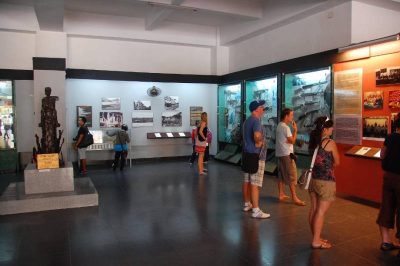
The War Remnants Museum features three floors filled with numerous artifacts and powerful photographs, including Nick Ut’s Pulitzer Prize-winning image, “The Terror of War.” The courtyard is adorned with decommissioned planes, tanks, bombs, and helicopters. It's a somber experience that leaves a lasting impression.

Located at the head of Dong Khoi Street, the twin-spired Cathedral Basilica of Our Lady of the Immaculate Conception is a peaceful oasis amidst the bustling downtown. Constructed entirely from materials imported from France, the cathedral took nearly two decades to complete, from 1863 to 1880.
Fun Fact: In 2005, the alabaster statue of the Virgin Mary in the center of the square reportedly shed tears, witnessed by many onlookers at the time.
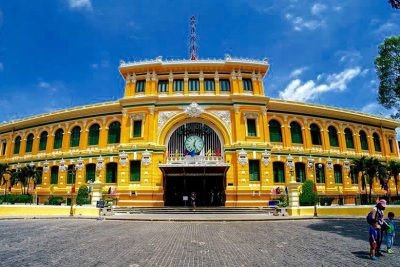
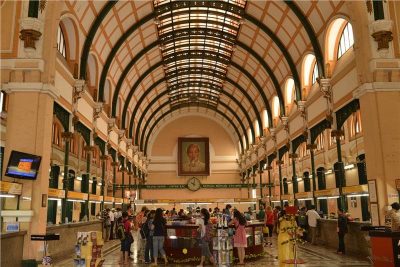
Opposite the cathedral is the charming Saigon Central Post Office. Step inside to admire the grand foyer, lined with Victorian-era wooden phone booths and historic maps, along with a large portrait of Ho Chi Minh. Although often attributed to Gustave Eiffel, the design of this impressive building is based on his blueprints.
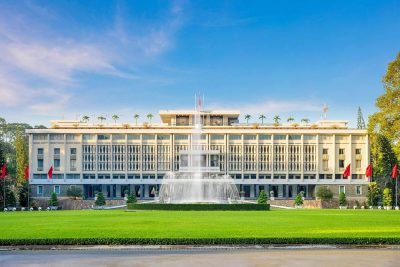
The Reunification Palace, also known as the Independence Palace, is located on the site of the former Norodom Palace. Designed by architect Ngô Viết Thụ, this grand estate served as both the residential and administrative headquarters of the President of South Vietnam. Today, visitors can explore the halls and meeting rooms adorned with plush red carpets.
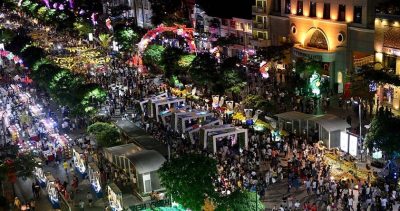
Nguyen Hue Street has become a vibrant hub for pedestrians in Ho Chi Minh City. Lined with high-rises, upscale restaurants, commercial arcades, and luxury boutiques, this expansive walking street stretches from City Hall to Bach Dang Wharf, making it ideal for an afternoon stroll, especially at sunset. At the northern end of Nguyen Hue stands City Hall, the administrative center for the Ho Chi Minh City People’s Committee.
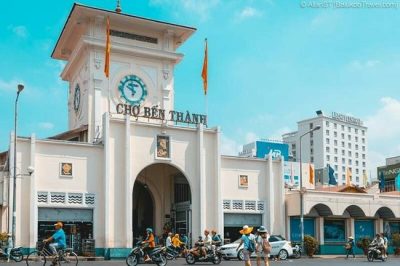
Ben Thanh Market, the city's most famous commercial center, is situated in the heart of Ho Chi Minh City on a site once known as Bo Ret Pond. Today, this bustling indoor market faces Quach Thi Trang Square. Inside, visitors will find a maze of aisles offering a variety of goods, from fresh produce to conical hats and weasel coffee to lacquerware. Toward the rear of the hall, you'll discover a vibrant array of food stalls serving up delicious bánh xèo and freshly made bánh mì.
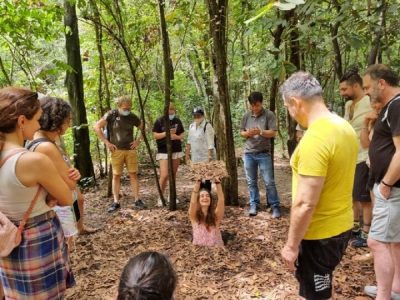
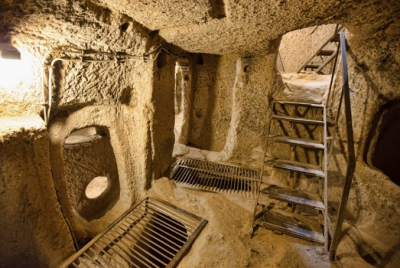
Explore history as you delve into the Cu Chi Tunnels. Situated on the northwestern outskirts of greater Ho Chi Minh City, the Cu Chi District features an extensive network of over 250 kilometers of tunnels that the Viet Cong used to evade American and South Vietnamese forces during the Vietnam War. You can enter the tunnels through one of two access points: Ben Dinh, located 35 kilometers away, or Ben Duoc, which is 70 kilometers distant. Be prepared to get a little dirty, so dress accordingly!
Ho Chi Minh City is a food lover's paradise, offering a diverse range of culinary delights. From mouthwatering street food to exquisite fine dining, the city's vibrant food scene has something to satisfy every palate. Join us on a gastronomic journey and discover the best dishes that Ho Chi Minh City has to offer.
Ho Chi Minh City offers a vibrant shopping scene, with bustling markets and diverse offerings. Here are some tips for a successful shopping experience:
By following these tips, you can navigate the bustling markets of Ho Chi Minh City and enjoy a rewarding shopping experience.
Beyond Sai Gon, consider venturing to the vibrant streets of Hanoi, the serene beaches of Nha Trang, or the lush landscapes of Cat Ba and Co To Island. To facilitate a smooth travel experience, we provide comprehensive Vietnam visa services, ensuring that your journey to Sai and other incredible destinations is effortless and enjoyable.
We provide fast Vietnam tourist visa services in as little as 1 hour